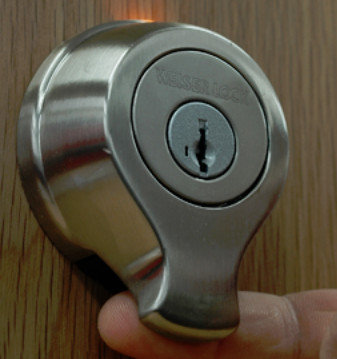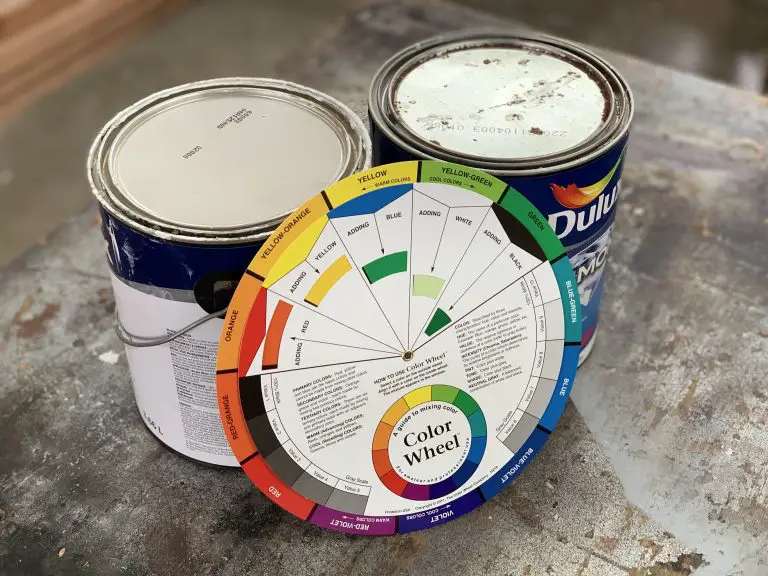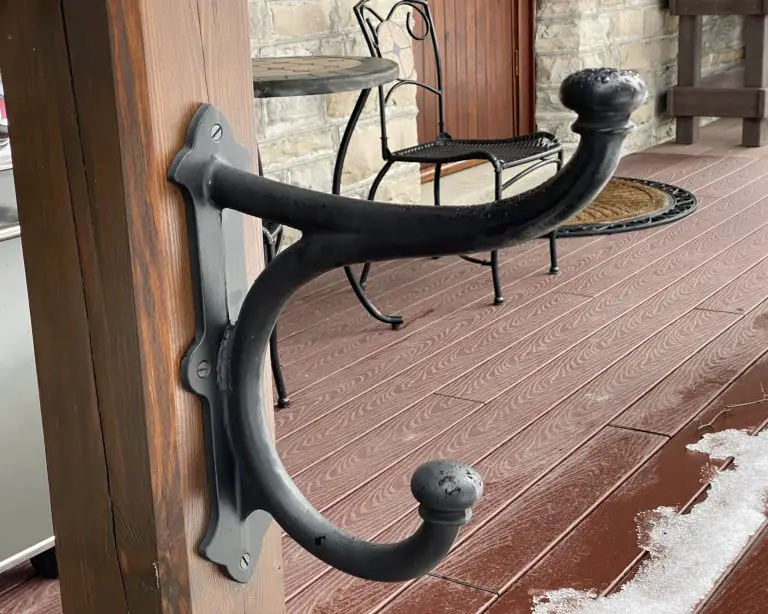A bedbug infestation is nothing short of a nightmare. The more you know about bedbugs, where bedbugs hide, how to deal with bedbug bites, and finding the right pest control company to remove bedbugs, the less worried you’ll be about dealing with a possible infestation.
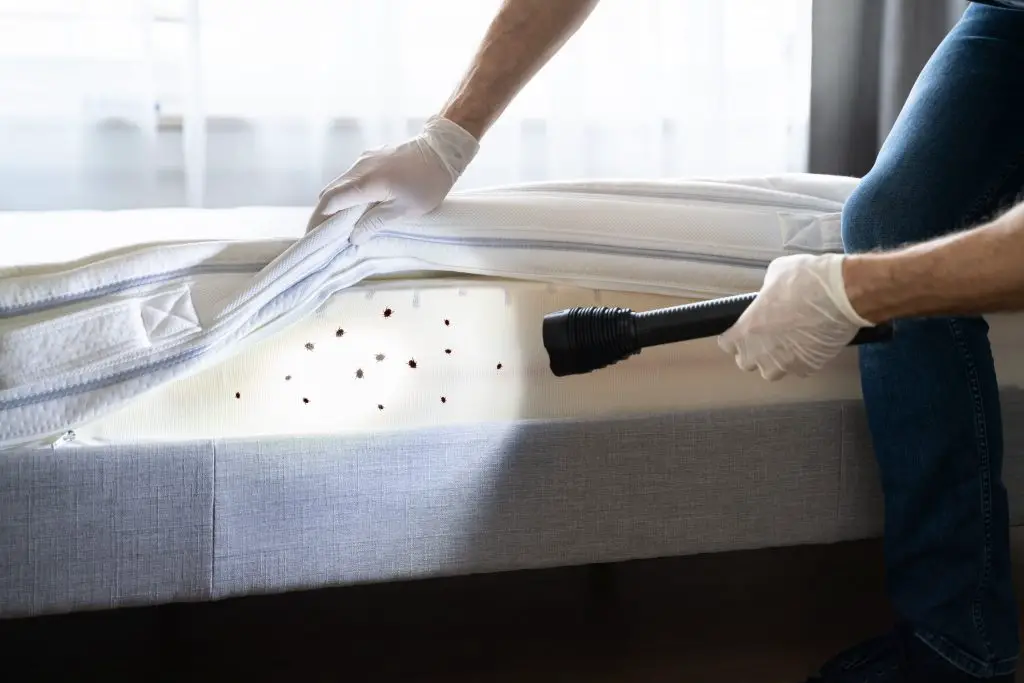
In this article, I’ll uncover some of the myths about these irritating pests, dig into recognizing the signs of bedbug infestations, and scratch below the surface about the lives, habits, and ways to prevent these terrible, tiny, troublesome insects.
Bedbug Infestations Happen To Everyone Else, Not Me!
It has long been a common misconception that bedbug infestations, like lice, were just something you heard about, and the chances of a bed bug problem happening to you would be rather rare. According to PestWorld.org, nearly 20% of US residents either have a bed bug infestation or know someone who has encountered one.
This data indicates that bed bug outbreaks can be pretty common, and poor housekeeping, hygiene levels, or certain poverty levels don’t mean a thing – anyone can get them. And it doesn’t take much for that outbreak to spread – even to your own home.
Discovering that first bed bug might throw you into a panic, but keeping a level head will help you take care of the problem quickly and effectively. Knowing what a bed bug looks like, how to find bed bugs, how to treat an infested room, and bed bug life cycles is your best defense against bed bug infestations.
If you think you may have a bed bug problem, don’t hesitate. Contact a pest control in Anaheim immediately. Adult bed bugs can lay many eggs in a short time. Plus, bed bugs are hardy pests, and in no time, you might be dealing with more bed bugs than you bargained for.
With bed bug infestations on the rise, nobody is safe from these irritating, skin scratching-inducing tiny terrors. A simple one-night stay at a hotel can change everything. All it takes is for a few of these hotel bed bugs to make their way into your luggage, you bring them home, and in a very short time, they can soon become your problem.
Why Are They Called Bed Bugs?
The term “bed bug” originated from the Latin name “Cimex lectularius” or “bug of the bed.” However, bed bugs live pretty much anywhere. They’re called bed bugs because they need to feed on human blood, mostly during our sleep.
Since the bed seems to be the place you spend most of your time, it only makes sense that many bed bug infestations are found there, but they can also be in other hiding places in your home. Here are some of the areas to inspect if you suspect bed bugs:
- Inside and on top of cushions and tucked into the cushion seams.
- Wedged between drawer and nightstand joints.
- Nestled down inside the cracks of your baseboards.
- Behind paintings, picture frames, and other types of wall hangings.
- Underneath wallpaper.
- Hiding in the seams of draperies.
- Inside the spaces surrounding electrical outlets.
- Seating such as chairs, sofas, and benches.
- Underneath carpets and area rugs.
Bed bugs like tight, small spaces to live in, lay their eggs in, and multiply. In addition to these more obvious spaces, you can even find bed bugs lurking inside alarm clocks, stuffed animals, and any other tight crevice they can crawl into.
Things To Know About A Bed Bug
There are some everyday things to know about bed bugs if you wake up with a rash and wonder where it came from. Bed bugs have specific characteristics and behaviors that you can easily and closely monitor. So before you deal with painful and irritating bedbug bites, let’s take a closer look at some of the questions worth answering.
Are Bed Bugs Dangerous?
One of the first things you may be thinking about is whether bites from these insects are dangerous. There are certain cases where bed bugs can contribute to poor health leading to death, but bed bug bites are not fatal in almost all cases.
That’s not to say that discovering bite marks on your skin won’t give you the heebie-jeebies – and bite marks are one of the clearest signs of bed bugs. Although bed bugs can carry at least 28 different human pathogens inside their bodies, they do not transmit diseases. There is no conclusive evidence that human disease can come from a bed bug bite.
Even though they don’t carry diseases, the allergic reactions from their bites can be painful in some people. To cause an allergic response, a bed bug injects saliva into its meal – which is you! The saliva has many proteins which cause the reaction.
Bed bugs share a common trait with other insects, like mosquitos and ticks, that also look for blood meal as a food source. It can be tough to determine if you have bed bugs until you are bitten, and the welts appear. The most common sign of a bite from bed bugs is itchy welts or some form of a skin reaction. These welts typically appear all over areas of skin exposed while sleeping.
Bed bugs may not be dangerous to the health of a person directly. However, finding skin irritations or an infestation in your mattress seams, bed frames, or box springs means you’ll feel uncomfortable sleeping.
Even after you take care of the infestation, you may still think they are crawling all around you. People can begin to lose sleep worrying about being bitten at night, affecting the quality of a person’s life. Be proactive, take care of the problem, and soon enough, you can rest assured you’ll have a bug-free zone!
What Do Bed Bug Bites Look Like?
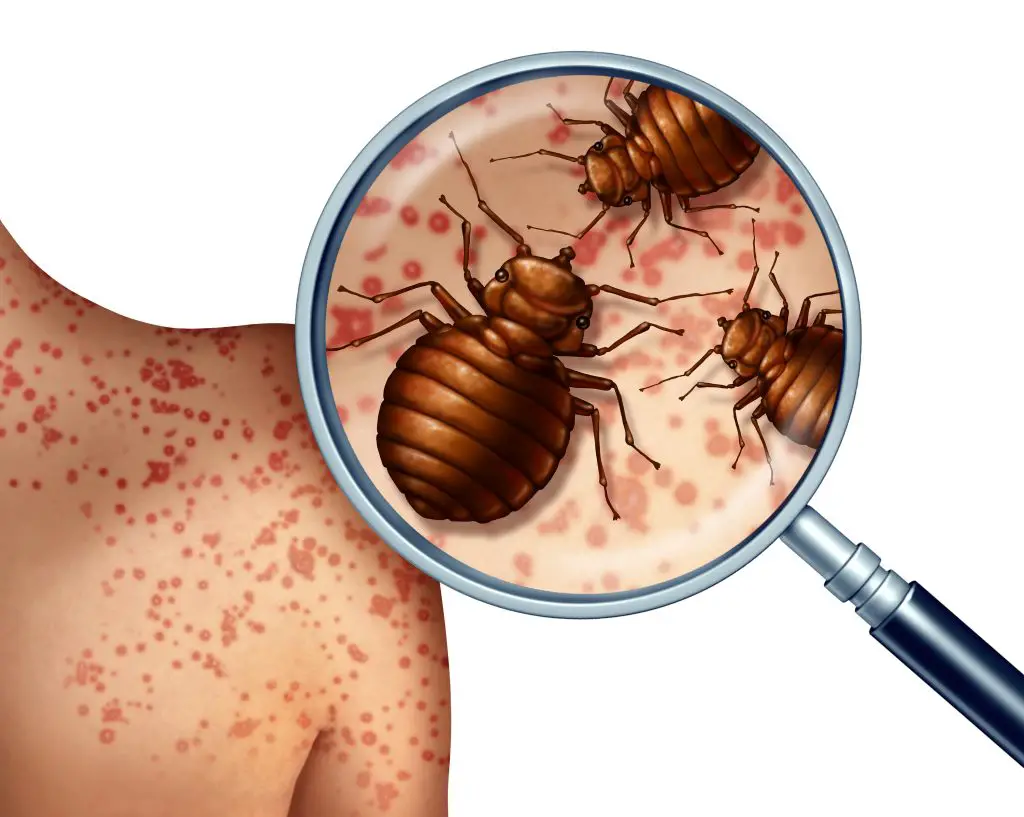
Different people experience slightly different-looking bites. However, there are a few common things to look for if you wake up with marks on your body and suspect they may be bed bug bites:
- The bites may form in groups of three.
- Bites may be singular scattered bites.
- The bites are a red itchy bump with a darker center, surrounded by a swollen, lighter, colored area.
- Bumps caused by a bite can be small and red in color
- Blisters or hives can surround the reddish bumps of a bite.
- The skin will feel inflamed and itchy near the bite area.
It’s difficult to know if bed bugs have bitten you, unless you do a thorough inspection of your mattress or other hiding places in your room to find them. Your best bet is always to consult a doctor if you wake up with a skin rash or irritation.
When Do Bed Bugs Attack?
Bed bugs typically come out to feed any time between 2 a.m. and 5 a.m. If you’re a night owl, don’t think you’re off the hook|! They are opportunistic and will feed on you during the day while you sleep. They are attracted to things like body temperature and the carbon dioxide released as you exhale.
What Do Bed Bugs Look Like?
Bed bugs are tiny, wingless insects whose main diet is human blood.
Adult bed bugs are roughly the size of an apple seed. They have small flat heads attached to a flat oval-shaped body similar to a tick. They have six legs and two antennae and are reddish-brown in color.
They are unlike other parasites like ticks and mosquitos who attach themselves to their human host. Bed bugs bite and crawl back to their hiding place. When they feed, their body swells up and becomes darker in color. Darker with your blood.
You may find some resources that describe bed bugs as whitish and about the size of the head of a pin. This description refers to the insect’s newly hatched stage (called “nymphs”). At this stage, they are small and very hard to see. Adult bed bugs are larger.
How Long Do Bed Bugs Live?
Bed bugs can go from hotel rooms to your luggage rack to your bed and hang around your home well after unpacking. According to Ohio State University, the life cycle of an individual bed bug is approximately six months.
If your skin isn’t crawling by now, consider this. If you see a few adult bed bugs, it typically means that more bugs will come. Adult bed bugs lay eggs – 200 to 250 eggs in their lifetime, and it only takes 6 – 10 days for the eggs to hatch. This means that if you don’t contact a pest control company soon, you’ll have a big bed bug problem in a very short time.
What Can You Do If You Have Bed Bugs?
Are you taking your mattress, box spring, sofa, and clothing out to the curb for the garbage pick up yet? Wait! Having bed bugs can be easily remedied. Reputable companies in the pest control industry use a combination of deep heat, dry steam cleaning, and chemical treatments to kill any remaining bed bugs in your mattress.
Can I Take Care of A Bed Bug Infestation Myself?
If you can’t afford the services of pest control companies or want to take care of an infestation yourself, there are some things you can do on your own, and most aren’t extremely hard. Some of these ideas can even take care of other insects such as spiders, carpet beetles, and other bugs. Please do not try to fumigate your home by yourself. Professionals should do fumigation.
Mattresses, Box Springs, and Bedding
#1. Wash Your Linens
First step! Strip the bed of the linens and wash them. This includes pillow cases, pillows, sheets, mattress covers, throws, and anything else decorative that was on the bed. You even have to scrub the mattress. To scrub mattress seams and other parts of the bed, use hot water and a stiff brush.
Use rubber gloves to pick up the items and place everything into a plastic bag to take them to the laundry room. Avoid using laundry baskets since the bugs can make their way from the lines to the basket, and your problem will start all over again. Once in the laundry room, put the items straight into the washing machine.
Use the hottest water setting you have and wash thoroughly. Once washed, transfer the bedding to a hot dryer and dry for a minimum of 30 minutes.
#2. Vacuum Thoroughly and Repeat
As your bedding is being washed and dried, immediately vacuum the infested room. Don’t use any brush attachments since the bugs can hide in the bristles. Use the hose attachment and get every crack and crevice. Once you’ve vacuumed the room, carefully remove the vacuum cleaner bag into the outside trash.
#3. Take Apart Your Bed Frame
This may seem like a bit of overkill, but taking the bed frame apart is necessary to make sure you’ve addressed every inch of your bedroom. Nymphs and even adult-sized bed bugs can hide in the smallest places. To ensure the frames are bedbug-free, use a magnifying glass and flashlight to see the hard-to-reach spaces.
#4. Use Safe and Friendly Insecticides
Make sure the insecticide you use is specifically designed for bed bugs. Spray directly onto the infected area of the mattress, walls, or furniture. Most of these sprays kill the bugs instantly. However, once the spray dries, other bed bugs can make their way back into your mattress. Some insecticides don’t prevent eggs from hatching but kill them shortly after, while others prevent the eggs from hatching altogether.
Determining how bad the problem is will help you choose which insecticide is suitable for you. Whichever method you choose, make sure you spray in a well-ventilated room. Avoid most grocery store sprays since they are not that effective. If you wish to avoid chemical sprays, you can use home remedies like diatomaceous earth. Keep in mind, these home remedies are not a long-term solution, and they may need to be done frequently. They may also not work at all no matter how you use them.
#5. Steam Your Mattress
Steaming is one surefire way to get rid of those bed bugs. The temperatures have to be at least 120 degrees or higher to be effective. Since most home brands of steam cleaners are not that hot, they may not do the best job, but they will work if you are patient and take your time.
#6. Wrap Your Mattress and Box Spring
Once you’ve eradicated these pests, the last step is to wrap up your mattress and box spring with a cover. These covers are specially designed to keep bugs out. To ensure the bed bugs are dead and no longer reproducing, you have to keep the cover on for at least a year.
Bed Bugs and Clothing
If you notice live bed bugs on your clothing, you can simply toss your clothes into a hot dryer. The clothing must be in the dryer for at least 30 minutes at a temperature of at least 120 degrees to properly kill the bugs.
Bed Bugs on Other Surfaces
If you notice peeling wallpaper or open spaces in the baseboard, it means the infestation problem has spread from your beds and into sofas, walls, flooring, and other areas. You will have to deal with these areas while you are tackling your bedding and clothing. Vacuum, spray, and steam the spaces you can, but if you find it difficult or don’t have the right tools, you may need to enlist the help of a professional service.
Goodnight, and Don’t Let the Bedbugs Bite
Let’s face it! Mention bed bugs, and your skin already starts to crawl. Dealing with an infestation can put you into an instant state of panic. If you want to make sure the problem is dealt with properly, it is always recommended that you call a pest control company. Most companies are affordable and do a thorough job so that the problem is gone forever.
However, if you’re more of a hands-on person, you can pick up a scrub brush, resurrect your deep steam cleaner from the closet and eradicate bed bugs once and forever from your life. In the end, the goal is to make sure the bugs are gone, the bed is all yours again, and you’ll be back to sound sleep and sweet dreams.

Did you find this article useful? I hope so. Please consider helping me cover the cost of producing and publishing content like this. Click the “buy me a coffee” button below and it’ll take you to a fast, simple and safe way to make a contribution. Thank you very much for helping.









